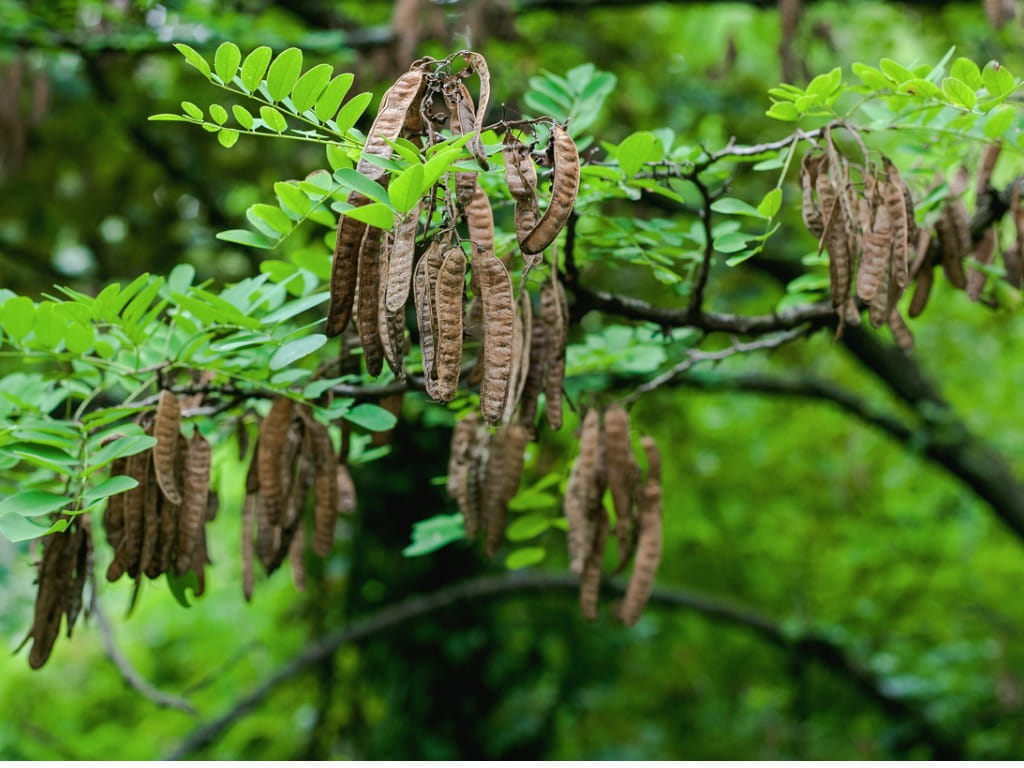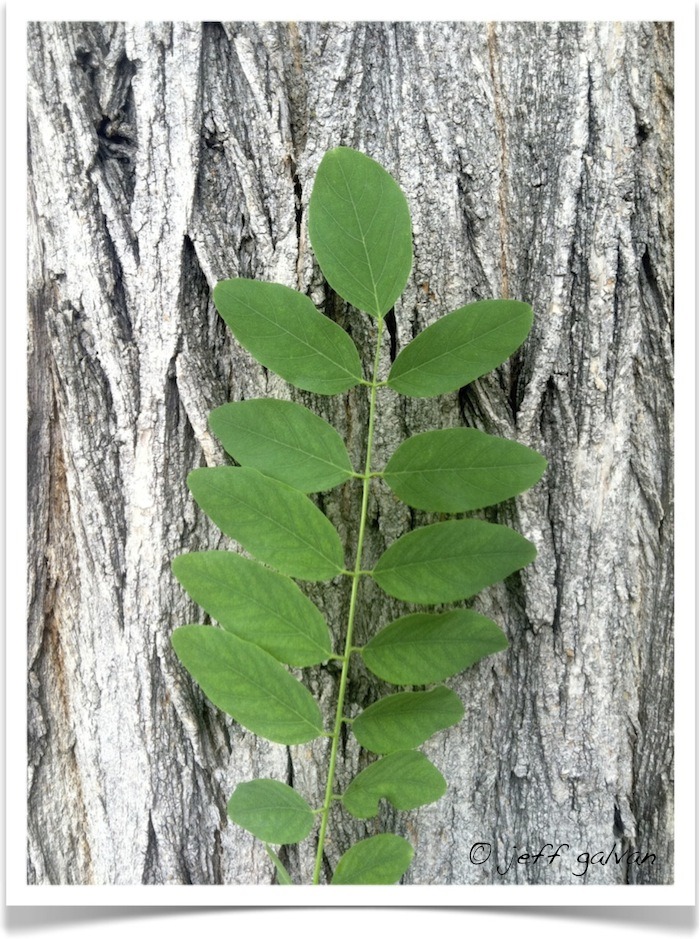- This topic has 0 replies, 1 voice, and was last updated 4 months ago by
 Robert Oglesby DVM.
Robert Oglesby DVM.
- AuthorPosts
- January 15, 2025 at 9:20 am #22078
 Robert Oglesby DVMKeymaster
Robert Oglesby DVMKeymasterThe bark, seeds, and leaves of black locust trees contain poisonous glycoproteins called toxalbumins. They are toxic to livestock and humans and have been reported to cause depression, inappetence, colic, diarrhea, laminitis, weakness, paralysis, and in some cases, death. Any exposure to black locust should be taken seriously, and veterinary assistance sought.
DrO

Robinia pseudoacacia poisoning in two horses: A case report
Vet Med (Praha). 2024 Nov 21;69(11):395-400. doi: 10.17221/55/2024-VETMED. eCollection 2024 Nov.
Authors
Tereza Novotna 1 , Eva Samonilova 2 , Jaroslav Klan 3 , Lucia Frgelecova 4 , Anna Mala 4 , Zdenka Svobodova 1 , Zuzana Drabkova 2
Affiliations1 Department of Animal Protection and Welfare and Veterinary Public Health, Faculty of Veterinary Hygiene and Ecology, University of Veterinary Sciences Brno, Brno, Czech Republic.
2 Equine Clinic, Faculty of Veterinary Medicine, University of Veterinary Sciences Brno, Brno, Czech Republic.
3 Institute of Forensic Medicine and Toxicology, First Faculty of Medicine, Charles University Prague, Prague, Czech Republic.
4 Department of Pathological morphology and Parasitology, Faculty of Veterinary Medicine, University of Veterinary Sciences Brno, Brno, Czech Republic.PMID: 39810820
PMCID: PMC11728309
DOI: 10.17221/55/2024-VETMEDAbstract
This case report describes the poisoning of two mares from the same paddock with Robinia pseudoacacia (Black locust) bark. The poisoning manifested itself by the sudden onset of weakness and fever with transient improvement after the administration of non-steroidal anti-inflammatory drugs and fluids. After the initial stabilisation, the mares were left unattended overnight. One of them was found dead in the morning. The surviving mare developed colic and severe encephalopathy and had to be referred to the clinic. Blood tests revealed severe hyperammonaemia. After four days of symptomatic treatment, she fully recovered. Robinia pseudoacacia with bark freshly bitten off was found in the paddock. The necropsy of the dead mare revealed oedema of the brain and lungs, pleural haemorrhages, and hyperaemia and haemorrhages of the glandular mucosa of the stomach. The intestinal content was watery, without macroscopic findings of the bark. Due to the peracute onset in both mares at the same time, hyperammonaemia and paralytic ileus in the surviving mare, and the presence of Robinia pseudoacacia in the paddock, poisoning with this tree was highly suspected. The diagnosis was confirmed by the microscopic findings of Robinia pseudoacacia bark tissue in the gastric content of the dead mare.
Keywords: bark; black locust; equine; hyperammonaemia; intoxication.

- AuthorPosts
- You must be logged in to reply to this topic.